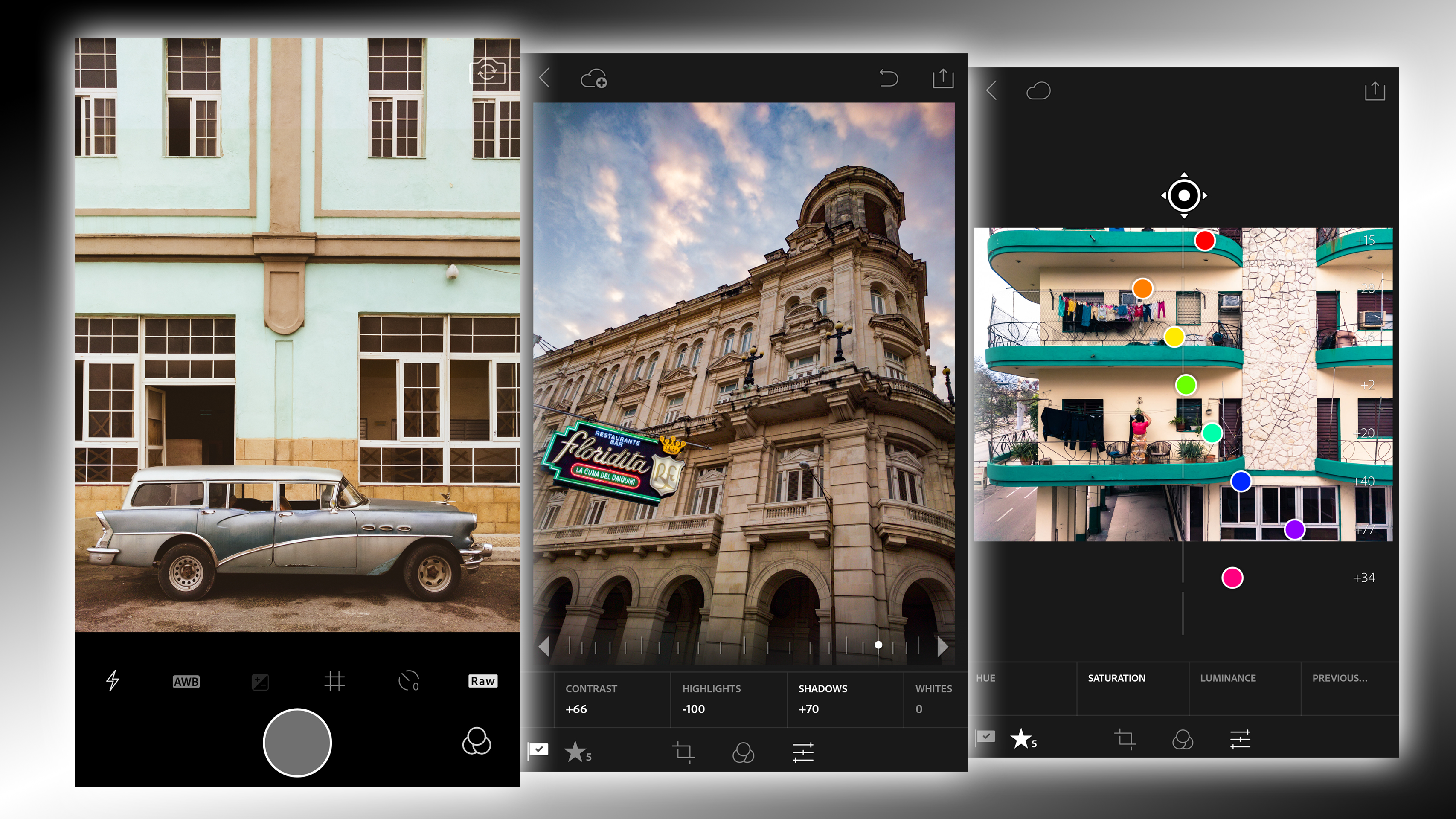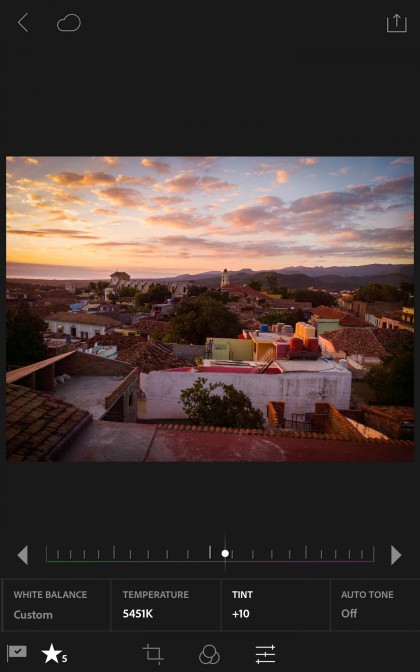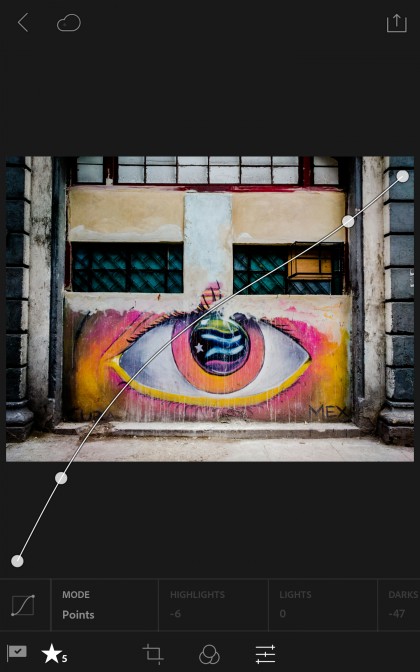Lightroom for Android 2.0 delivers raw power to your smartphone camera
Adobe's Lightroom Mobile app for Android 2.0 does something the iOS version can't

Lightroom Mobile is a companion app for the main Lightroom desktop application. You can use it to browse through your photos, edit them, add ratings and flags and have all your adjustments synchronized automatically to your main image library via Adobe's Creative Cloud.
Until now, Apple users have been getting the latest features first – we reported back in December 2015 on the Lightroom Mobile 2.1 for iOS announcement, which added more in-depth editing tools to the mobile app but also brought a new in-built Camera mode. Lightroom stepped up from being just a photo editor and organizer to a capture tool too.
Now you can use it to take pictures on your phone, edit them, organize them and share them, all from a single app.
Android sneaks ahead
With the announcement of Lightroom for Android 2.0 update, Adobe's brought feature parity with the iOS version in key areas. As well as using the camera directly within the app, you can use a series of 'shoot-through' presets for specific image effects. These are previewed live by the camera, but because Lightroom is a non-destructive editing tool, the adjustments can be reversed, modified or removed at any time later on.
But the Android version goes further. On iOS, Lightroom can only work with the JPEGs captured and processed by Apple's iSight camera, but Android offers a more direct connection with the camera hardware, so that Lightroom for Android 2.0 can capture unprocessed raw files.
What this means is that you're no longer processing images twice – once in the phone and once in Lightroom. Instead, Lightroom can intercept the phone's raw image data before the phone itself has had a chance to do anything with it.
This raw image contains all the color data needed for choosing a white balance setting, which means that you can set the white balance after you've taken the picture, and then re-set it later if you change your mind again.
Sign up for breaking news, reviews, opinion, top tech deals, and more.

It also means that you can tap into the extra highlight and shadow information captured by the sensor, which is normally discarded by the phone's internal image processing. If your picture has overexposed, burned-out highlights (often a problem with bright skies), you can often pull back a little of that detail from the raw file – and do the same with pitch black shadows.
Indeed, Adobe boasts that this is the first ever end-to-end raw mobile photography solution, and it's clearly pitching its Lightroom Mobile product at an ever-expanding mobile photography market that consists not just of casual snappers, but pros looking for a new angle and artists who've found that smartphones give a unique and very different vision to regular cameras.
Smarter editing
Elsewhere, the Android 2.0 version brings it up to the same level as the iOS version, with the addition of the Dehaze tool that first appeared on the desktop version – this is designed to reduce haze and mist in landscape shots. Lightroom for Android 2.0 also adds split-toning controls for atmospheric black and white shots, a targeted adjustment tool for quick and intuitive changes to individual colors and tones, and the addition of a 'point' mode in the the Curve tool which gives much more precise contrast adjustments.

The best part is that Lightroom for Mobile is a free app – you don't have to be a Lightroom desktop user, and you can shoot, edit and share your photos direct from the app. It is designed to synchronize and dovetail with the desktop app, though, and ultimately this is the way to get the most from what Lightroom has to offer.
This is where Adobe has been smart, though. Existing Lightroom users can get a free mobile version that lets them leave their laptops at home, while new smartphone fans get a free and powerful introduction to Lightroom and Adobe's Creative Cloud service via the apps.
See also:

Rod is an independent photographer and photography journalist with more than 30 years' experience. He's previously worked as Head of Testing for Future’s photography magazines, including Digital Camera, N-Photo, PhotoPlus, Professional Photography, Photography Week and Practical Photoshop, and as Reviews Editor on Digital Camera World.